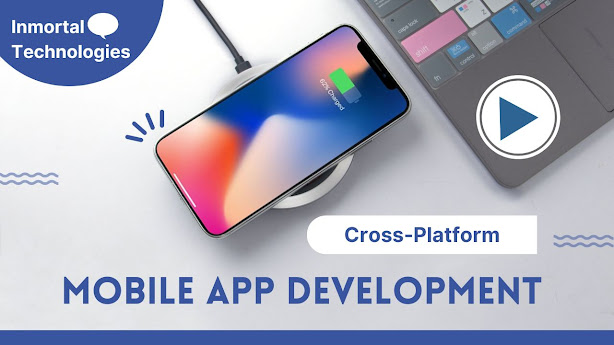What is Cross-Platform Mobile App Development and its Benefits?
Cross-platform mobile app development refers to the process of creating mobile apps that can run on multiple operating systems, such as iOS and Android, using a single codebase. This approach to app development has become increasingly popular in recent years, as businesses and individuals seek to reach a wider audience while reducing development costs and time-to-market such as spotify clone, tinder clone, clone app development, etc.
In this article, we’ll explore the benefits of cross-platform mobile app development, the tools and technologies used, and some best practices to keep in mind.
Benefits of Cross-Platform Mobile App Development:-
- Reach a Wider Audience — By creating a mobile app that can run on multiple platforms, businesses and individuals can reach a wider audience without having to develop separate apps for each platform.
- Reduced Development Time and Cost — Cross-platform mobile app development can significantly reduce development time and cost, as a single codebase can be used for multiple platforms.
- Consistent User Experience — Cross-platform mobile app development can ensure a consistent user experience across different platforms, as the app is built using the same codebase and design.
- Easier Maintenance — Maintaining a cross-platform app can be easier than maintaining separate apps for each platform, as updates and bug fixes can be applied to the single codebase.
Tools and Technologies Used in Cross-Platform Mobile App Development:-
- React Native — React Native is a popular cross-platform framework that allows developers to build native mobile apps using JavaScript and React. It is widely used for building high-performance apps for iOS and Android platforms.
2. Xamarin — Xamarin is a cross-platform development platform that allows developers to create native apps using C# and .NET. It is owned by Microsoft and is widely used for developing high-performance apps for iOS, Android, and Windows platforms.
3. Flutter — Flutter is a Google-developed open-source framework that allows developers to create native mobile apps using the Dart programming language. It is widely used for building high-performance apps for iOS, Android, and the web.
Best Practices for Cross-Platform Mobile App Development:-
- Keep Design Consistent — Cross-platform mobile app development should prioritize consistency in design and user experience across different platforms.
- Optimize Performance — Cross-platform apps should be optimized for performance to ensure they run smoothly on all platforms.
- Test on Real Devices — Cross-platform apps should be tested on real devices to ensure they function properly on different platforms.
- Leverage Native Features — Developers should leverage native features and capabilities of each platform to create a better user experience.
- Keep Codebase Clean and Modular — A clean and modular codebase can make it easier to maintain and update the app in the future.
Cross-platform mobile app development offers several benefits, including reaching a wider audience, reducing development time and cost, ensuring a consistent user experience, and easier maintenance. Popular tools and technologies used in cross-platform development include React Native, Xamarin, and Flutter. To ensure success in cross-platform mobile app development, it’s important to prioritize consistency in design and user experience, optimize performance, test on real devices, leverage native features, and keep the codebase clean and modular. By following these best practices, businesses and individuals can create high-quality, cross-platform mobile apps that meet their specific needs and goals.



.jpg)
Comments
Post a Comment